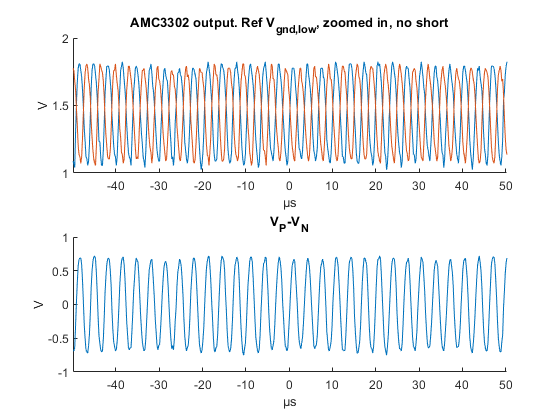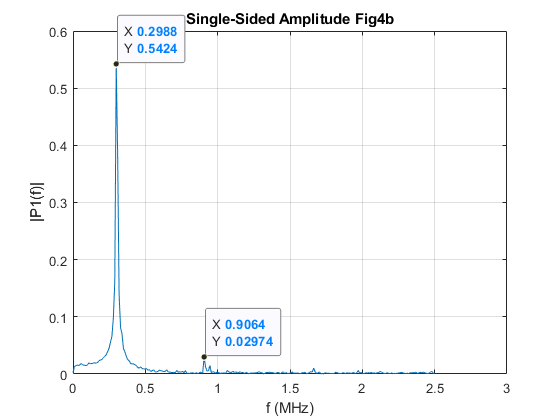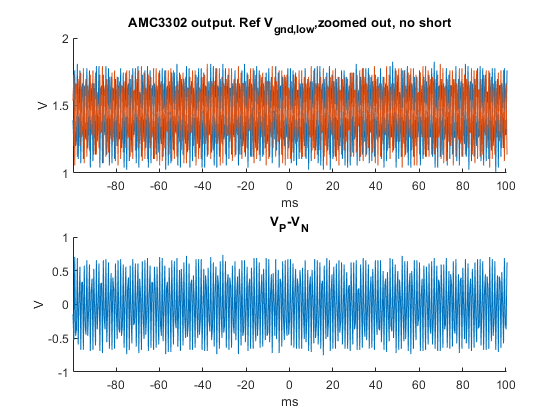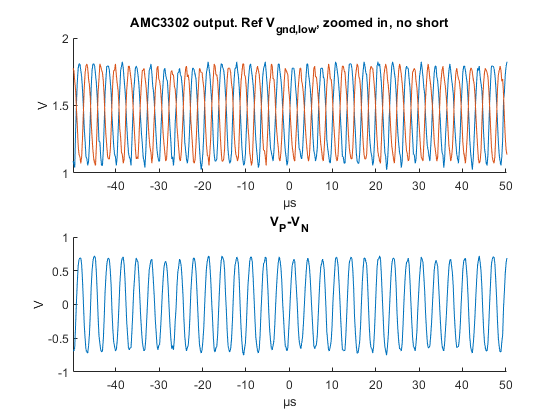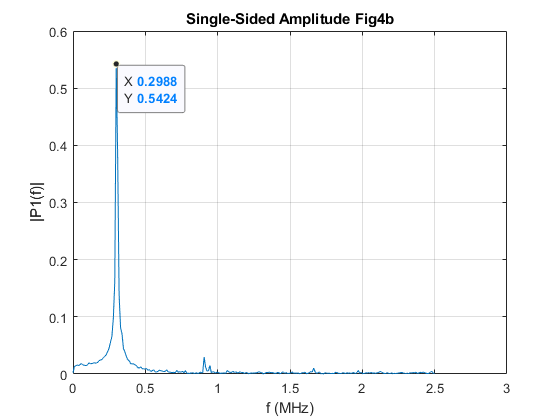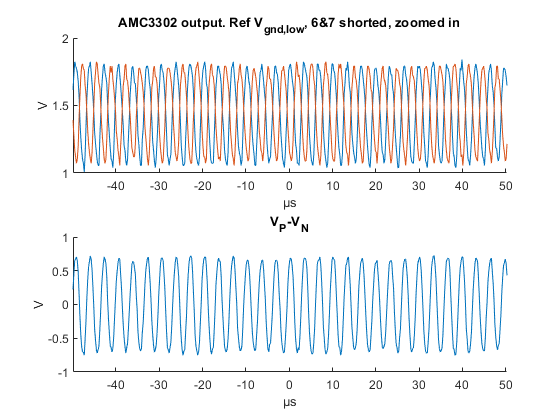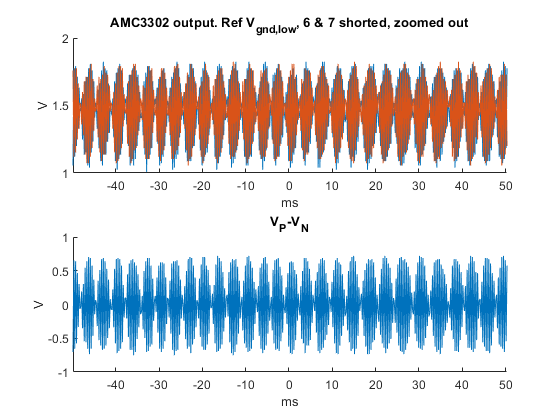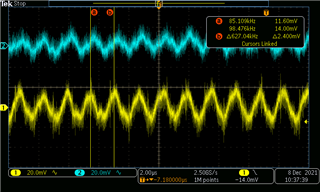Hi Team,
Our customer is utilizing AMC3302 and run into some issues as follows:
Fig 1 is the measured output of the pins via an oscilloscope.
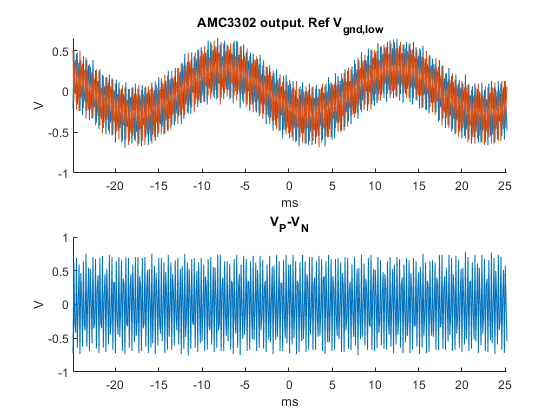
Fig 2 is zoomed in time base where you can see there is 300kHz noise of approx 500mV, or rather, not noise, but a sine.
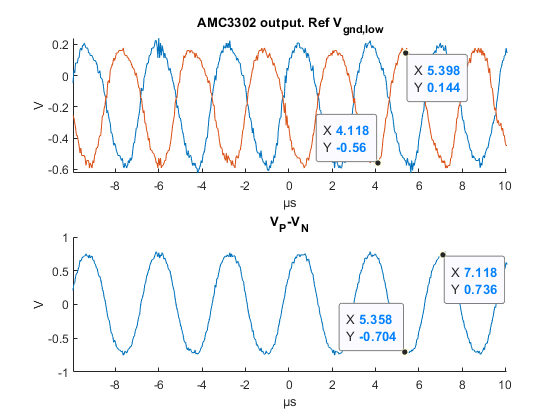
Fig 3 is where they have measured the output differentially, meaning V_P minus V_N
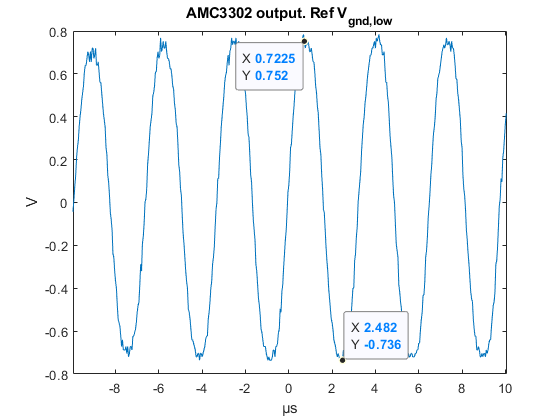
Ideally, according to the datasheet it should be a flat value, but as you can see it has an almost 600mV sine. The circuit supply is a 9V battery which is regulated down to 3.3 V using some diodes.

The current shunt is not connected to anything and is in the air and terminals J101 and J102 are not connected to anything.
Thank you for the help.
Regards,
Carlo



